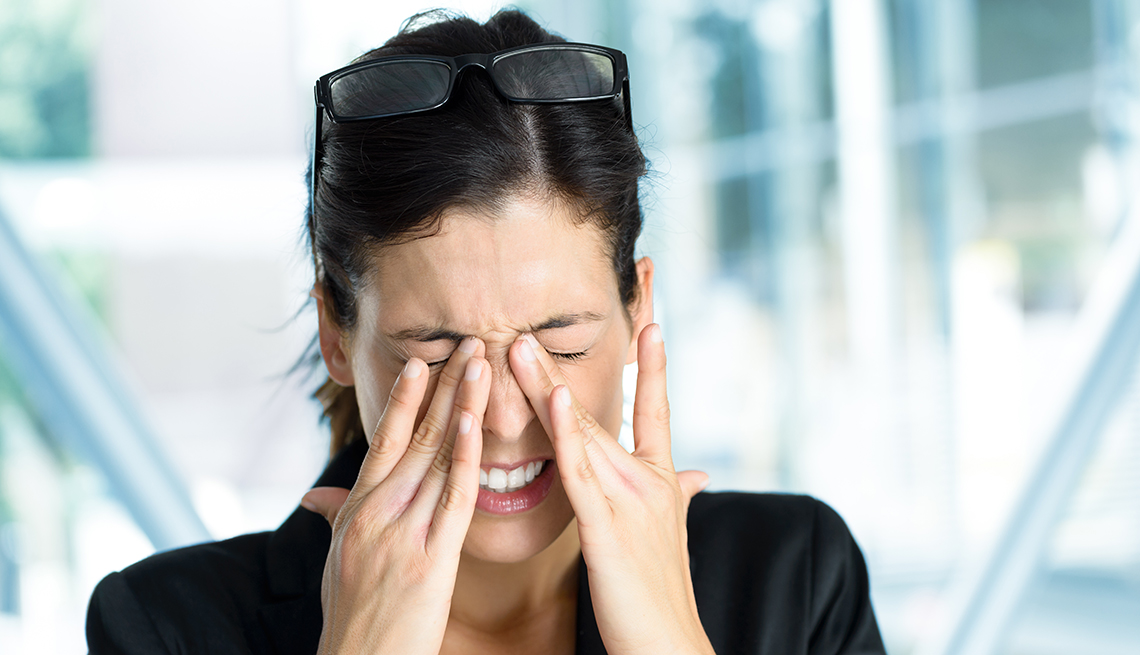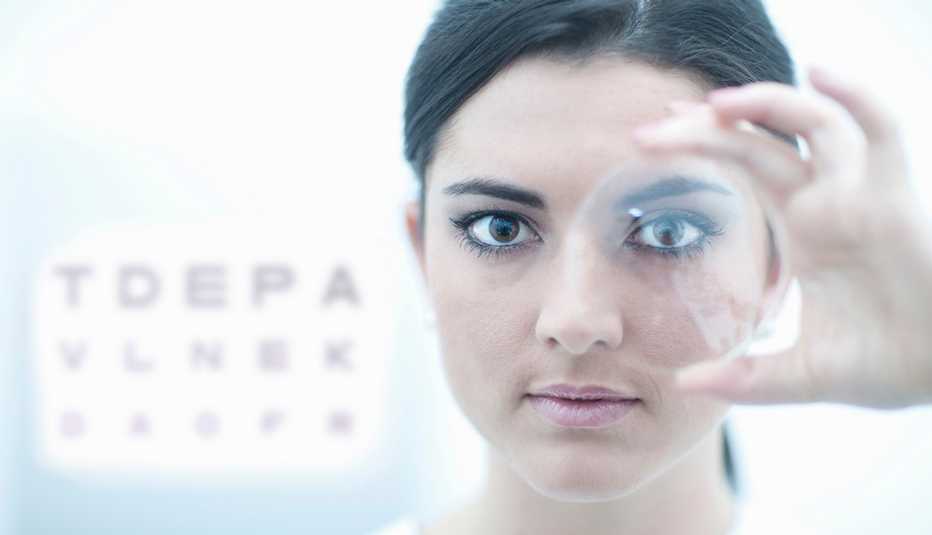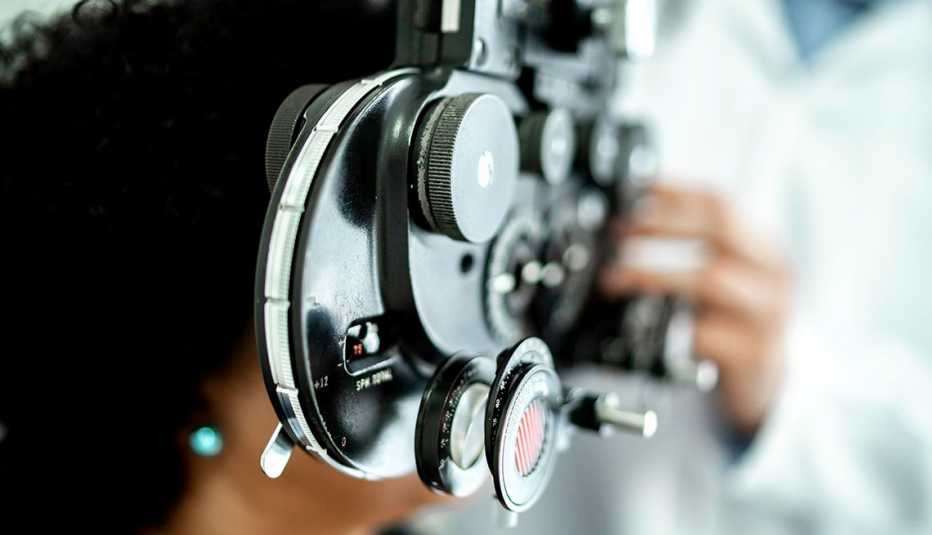Staying Fit
Millions of Americans suffer from dry eye syndrome, and the risk increases with age, especially for women over 50 who have gone through menopause.
The condition occurs when the quantity and/or quality of tears fails to keep the surface of the eye adequately lubricated and causes a scratchy sensation. Other symptoms include stinging or burning; excess tearing after periods of dryness; and eye discharge, pain and redness, according to the National Eye Institute (NEI), which is part of the National Institutes of Health. People with dry eye may also feel as if their eyelids are heavy and experience blurred vision.


AARP Membership— $12 for your first year when you sign up for Automatic Renewal
Get instant access to members-only products and hundreds of discounts, a free second membership, and a subscription to AARP the Magazine.
Along with being a nuisance, advanced dry eye syndrome can lead to damage to the front surface of the eye and impair vision, according to the American Optometric Association. So it is important not to ignore symptoms and to talk with a medical professional.
Treatment options
Experts offer numerous treatment options, from over-the-counter and natural remedies to procedures done in a doctor's office. The American Academy of Ophthalmology (AAO) suggests talking with your ophthalmologist about over-the-counter artificial tears. They can be used as often as needed, but for people using them more than six times a day or those who are allergic to preservatives, the AAO recommends preservative-free tears so that the chemicals do not irritate the eyes.
An ophthalmologist may also suggest blocking your tear ducts, which makes natural tears remain in your eyes longer. Tiny silicone or gel plugs are inserted into your tear ducts and can be removed later, as needed. There are surgical options as well, to permanently close your tear ducts.
You can also treat the culprits behind dry eye syndrome through:
- Prescription eye drops or ointments
- Placing warm compresses on your eyes
- Massaging your eyelids
- Using eyelid cleaners
Causes of dry eye
Medications and other medical conditions can cause dry eye syndrome, including:
- Antihistamines, decongestants, antidepressants, hormone replacement therapy used during menopause and medications for anxiety.
- Parkinson’s disease and high blood pressure have been associated with dry eye.
- The inflammatory skin disease rosacea and inflammatory eyelid disease blepharitis can disrupt the function of glands, causing dry eye.
- Autoimmune disorders, rheumatoid arthritis, thyroid disorders and vitamin A deficiency are associated with dry eye.
- Windy, smoky or dry environments increase tear evaporation as well as seasonal allergies.
- Prolonged periods of screen time, which encourages insufficient blinking.
- Laser eye surgery may cause temporary dry eye symptoms.
Dry eye prevention
Certain activities can increase your symptoms of dry eye syndrome. The AAO recommends:
- Avoiding hair dryers
- Staying away from very warm rooms and using humidifiers in the winter
- Wearing wrap-around sunglasses outdoors on windy days
- Speaking with your doctor about adding omega-3 fatty acids to your diet (These are found in oily fish, flaxseeds and dietary supplements.)
- Cutting back on screen time and taking periodic eye breaks (Close your eyes for a few minutes or blink repeatedly for a few seconds, to replenish basal tears and spread them across your eyes.)
- Using artificial-tear ointment or thick eye drops before bed, to prevent your eyes from feeling dry in the morning
Future treatment possibilities
NEI researchers are investigating factors that influence the ability of corneal nerves to sense tear evaporation, which may lead to the development of topical corneal nerve stimulators or products that increase nerve sensitivity to drying. They are also at the early stages of exploring using a patient's stem cells to rebuild or replace tear-producing lacrimal glands.



































































